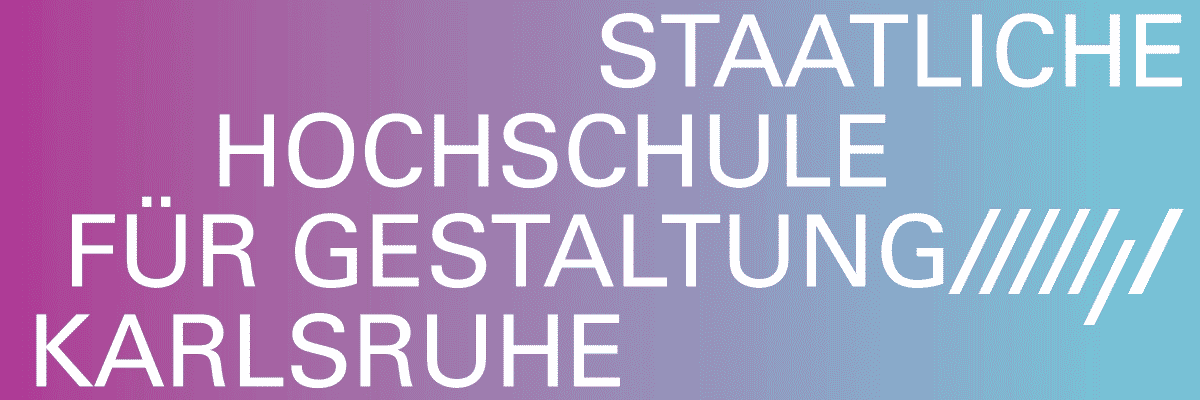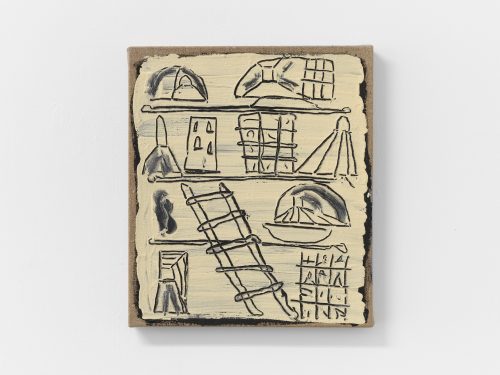
Duo Show: Andrea Marcellier @le.placebo , Shaotong He @shaotongnostudio
Game All Over
Project Info
- 💙 Kunstraum AURA @aurakunstraum
- 🖤 Duo Show: Andrea Marcellier @le.placebo , Shaotong He @shaotongnostudio
- 💜 Pina Bendfeld
- 💛 Shaotong He @shaotongnostudio
Share on

Room view 1
Advertisement

Room view 2

Cortisol Twins – Shaotong He – 2025, concrete, aluminium, PCTG, steel

from the series Armes Blanche – Andrea Marcellier – 2025, silver, zinc, leather and wax display

from the series Armes Blanche – Andrea Marcellier – 2025, silver, zinc, leather and wax display

from the series Armes Blanche – Andrea Marcellier – 2025, silver, zinc, leather and wax display

Lucius's Belt – Shaotong He – 2025, aluminium, leather

Lucius's Belt – Shaotong He – 2025, aluminium, leather

Lucius's Belt – Shaotong He – 2025, aluminium, leather

from the series Armes Blanche – Andrea Marcellier – 2024-2025, silver and wax display

from the series Armes Blanche – Andrea Marcellier – 2024-2025, silver, leather and wax display

from the series Armes Blanche – Andrea Marcellier – 2024-2025, silver, leather and wax display

from the series Armes Blanche – Andrea Marcellier – 2024-2025, silver, fur and wax display

from the series Armes Blanche – Andrea Marcellier – 2024-2025, silver and wax display

from the series Armes Blanche – Andrea Marcellier – 2024-2025, silver, leather and wax display

Double-headed Demon - The Rooster And The Alchemist – Shaotong He – 2025, gel pen on laser printer paper

from the series Armes Blanche – Andrea Marcellier – 2024-2025, silver, fur, leather and wax display

Trophies for Lucius’s Belt – Shaotong He – 2025, concrete, jute rope, PCTG

Trophies for Lucius’s Belt – Shaotong He – 2025, concrete, jute rope, PCTG

Perfect Lovers – Andrea Marcellier – 2021, steel
Interlude
The rooster doesn’t know it’s a symbol.
It doesn’t know about the bet, the tradition, the fathers watching.
It only knows the heat — and the flicker of threat inside it.
The air thick with anticipation, the pulse that doesn’t wait for permission.
The ring is not a circle but a sentence.
What is armored may already have accepted the wound. Its pain is offered in place of someone else's.
Violence as a way of saying: I am afraid of disappearing.
Elsewhere, the muscles glow.
Cultivated, shaped, disciplined to gleam.
A devotion to visibility.
To sacrifice.
To control the shape of force even as it empties you.
A body constructed as an avatar of desire, of rage, of mastery rehearsed to the point of automation.
Something is being tuned — adjusted to a frequency older than the self.
A fever takes hold, a hunger that never stills. Something mythic hums beneath the repetition.
A transformation between the sacred and the staged.
Who believes in the sacred
— and who bleeds to keep it from falling apart?
Now the pain is for pleasure 'Cause nothing can measure — Rihanna
I prepare my coffee while listening to the news. Reports of violence, wounds inflicted without consent, war repeatedly framed as preemption, deterrence, or display — narratives that claim to protect yet often unfold as performances of power. James Hillman’s observation that ‚war is normal; peace is exotic‘ encapsulates the persistent reality of conflict in modern history — rituals of violence taking different forms under ever-changing names – but always addressing the same primal hunger within the human psyche. My ethical impulse resists the notion that war could express the soul — that it might serve as an outlet for passion or contain something both terrible and sublime. Yet since Aphrodite and Ares were caught in the same net — desire and destruction locked in a scandalous embrace — we have understood that violence can carry an erotic charge. Beauty and brutality are not always opposed; their unsettling union, however wrong it feels, remains imaginable. The sublime is not synonymous with beauty. It names what overwhelms and exceeds comprehension. How then to write about this without glorifying pain, aestheticizing cruelty, or turning suffering into mere metaphor?
System booting.
1. Command Phase – Projection & Sublimation
The human urge toward destruction is sublimated into structures of ritual, spectacle, and language. It projects onto others: a rooster, a rival, a surrogate body. Cockfights, bodybuilding stages, miniature wargames, combat sports — complex systems designed to externalize vulnerability and sculpt aggression into something tangible. These are games whose meaning multiplies with the danger they carry, played through others. The death of the animal, the fighter’s exhaustion, the collapse of muscle — injury is no mere side effect; it is the axis around which meaning spins.
2. Movement Phase – Risk & Reward
What does it mean to shape aggression into form? To train pain until it signals purpose? Whether armored or etched through muscle memory, each movement follows a long-established code. This is not raw violence unleashed, but discipline refined and ritualized — risk not avoided, but embraced as the very point. The rooster that dies for male pride; the athlete who performs a cultural ideal of aggression; the hormone-fed body sculpted into an icon of invulnerability. Things are precious because of death. They won't be forever.
3. Shooting Phase – Pleasure & Pain
Violence, like sex, is intimate. And when it is made public, when it is monetized, ritualized, glorified, it changes form but not function. The spectators become part of the mechanism. They do not watch passively. They absorb, respond, desire. The violence is not theirs. But the pleasure might be.
4. Charge Phase – Armor & Icon
Armor does not protect; it communicates. To arm a rooster is not to protect it, but to elevate it into symbol. The hormone-fueled bodybuilder, the dumbbell’s weight, sculpt flesh into armor, a technology of power where biology, discipline, and myth converge. Objects and bodies alike become icons, technological temple—ritualized gestures that contain, perform, and conceal fragile pride.
5. Fight Phase – Spectacle & Sacrifice
Fight games are modern cults that conjure a “magic circle”—a liminal space where archetypes awaken bravery, sacrifice, dominance, submission. Violence here is no longer merely political or social; it is a psychic eruption, a primal force forged by myth, desire, and collective ecstasy. The fight becomes its own deity—impassive, relentless, indifferent to prayers or pleas. It demands reverence and reckoning, forcing us to face not just the spectacle, but our own complicity in the ritualized machinery of violence—as myth, as performance, as sacred technology.
Pina Bendfeld




